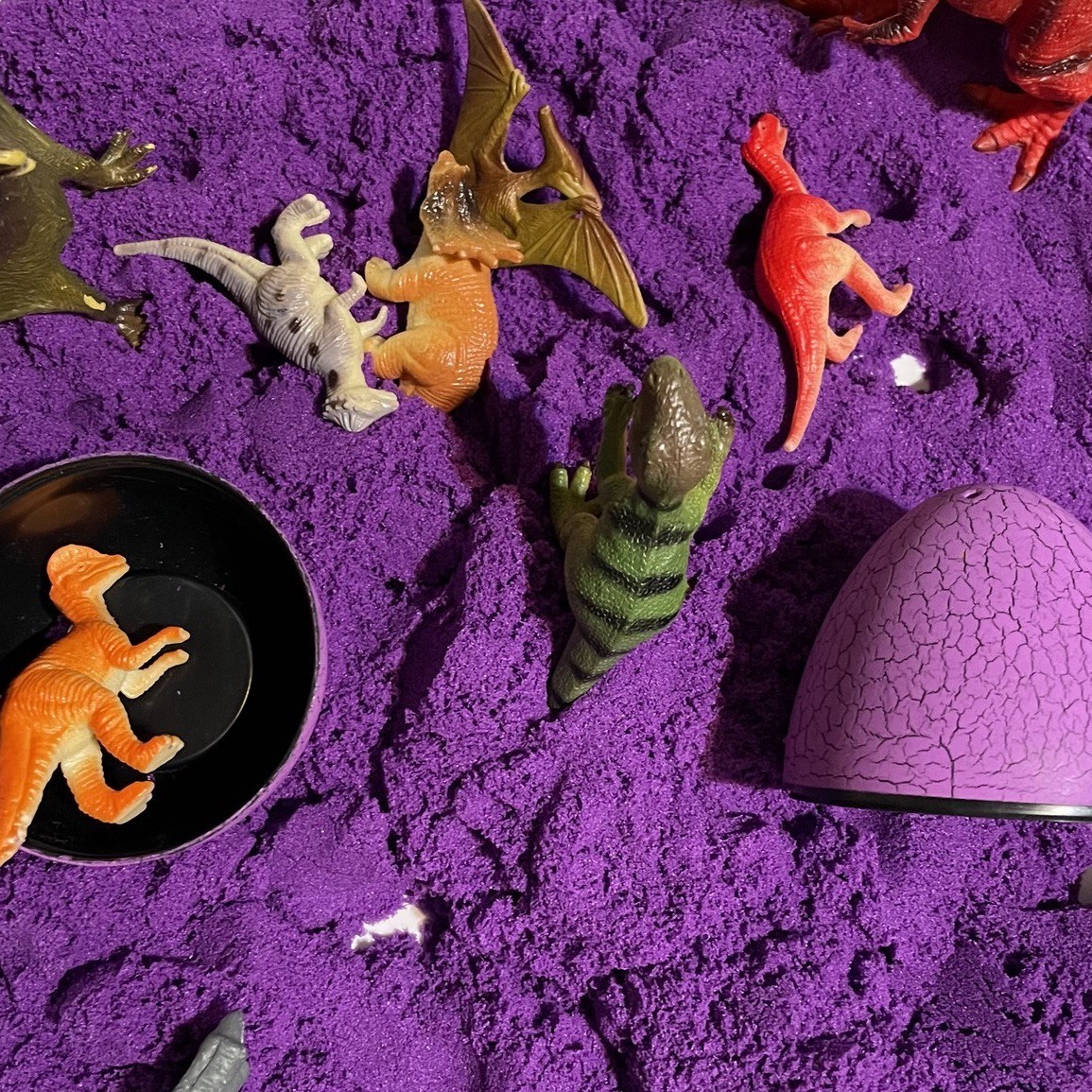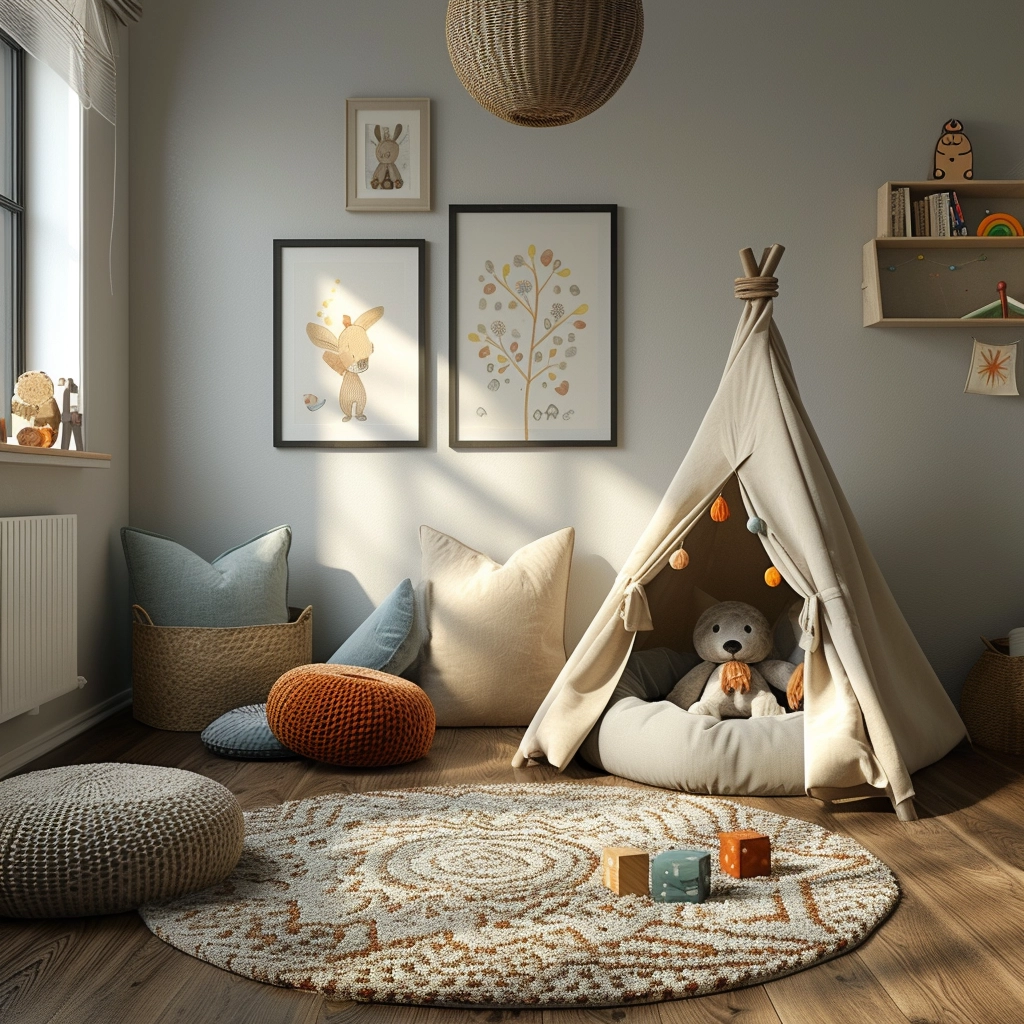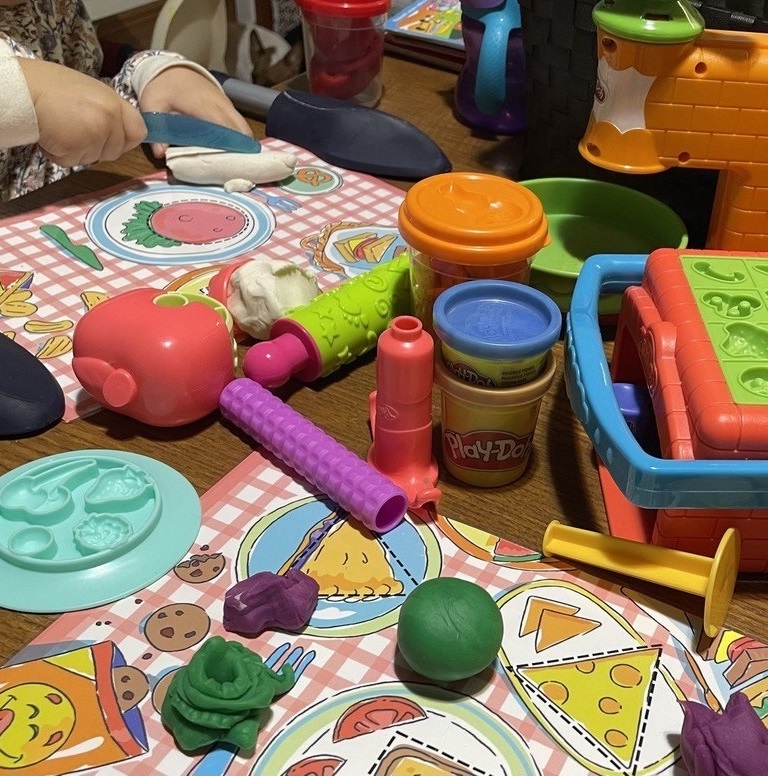Mess-Free Fun: Kinetic Sand Sensory Play for Toddlers
Kinetic sand, with its mesmerizing texture and endless creative possibilities, has become a beloved sensory toy for toddlers worldwide. Its unique properties make it not only entertaining but also beneficial for a child's development. Let's delve into the world of kinetic sand and discover why it's a must-have addition to any toddler's playtime routine.

Kinetic sand is more than just a toy—it's a sensory adventure that engages toddlers' minds, bodies, and imaginations.
Sensory Exploration
Toddlers are natural explorers, constantly seeking out new sensations and experiences. Kinetic sand provides a sensory-rich environment that engages their senses of touch, sight, and even smell. Its soft, moldable texture offers a unique tactile experience, allowing children to squish, squeeze, and shape the sand to their heart’s content. This hands-on exploration helps toddlers develop their fine motor skills as they manipulate the sand and experiment with different shapes and structures.
Creativity and Imagination
One of the most remarkable aspects of kinetic sand is its ability to spark creativity and ignite the imagination. Unlike traditional sand or clay, kinetic sand holds its shape remarkably well, making it ideal for sculpting and building. From simple sandcastles to elaborate sculptures, toddlers can unleash their creativity and bring their wildest ideas to life. This open-ended play encourages problem-solving and critical thinking as children experiment with different techniques and concepts.
Sensory Integration
For children with sensory processing difficulties, kinetic sand can be a valuable tool for sensory integration therapy. The unique tactile experience of kinetic sand helps children regulate their sensory input, promoting calmness and focus. By providing a safe and enjoyable sensory experience, kinetic sand can help children develop self-regulation skills and improve their ability to participate in everyday activities.
Language Development
As toddlers engage in imaginative play with kinetic sand, they naturally engage in language-rich interactions. Whether they’re describing the shapes they’re molding, narrating stories about their creations, or engaging in pretend play scenarios, toddlers are constantly practicing their communication skills. This language-rich environment supports vocabulary development, sentence structure, and storytelling abilities, laying the foundation for later literacy skills.
Socialization
Kinetic sand is a versatile play material that lends itself well to collaborative play. When toddlers play with kinetic sand together, they learn important social skills such as sharing, taking turns, and cooperating. As they work together to build structures or create imaginative worlds, children develop empathy and learn to navigate social interactions in a supportive environment.
In the world of early childhood development, kinetic sand stands out as a versatile and engaging tool for fostering sensory exploration, creativity, language development, socialization, and more. Its tactile nature and open-ended play opportunities make it an invaluable resource for parents, educators, and therapists alike. By incorporating kinetic sand into a toddler’s playtime routine, caregivers can support holistic development and provide children with hours of joyful learning experiences.




10 Creative Ways to Engage Your Toddler with Play Dough
AFFILIATE DISCLOSURE
This post may have affiliate links, which means I may receive commissions if you choose to purchase through links I provide (at no extra cost to you). As an Amazon Associate, I earn from qualifying purchases.



